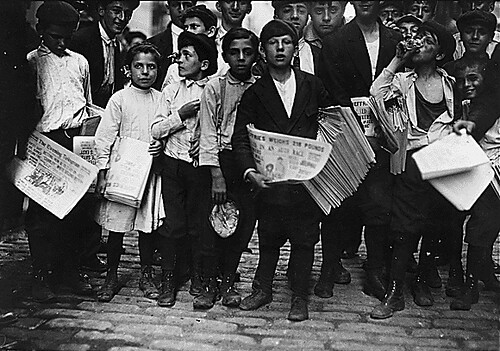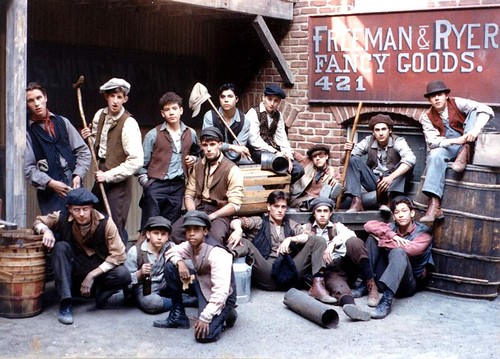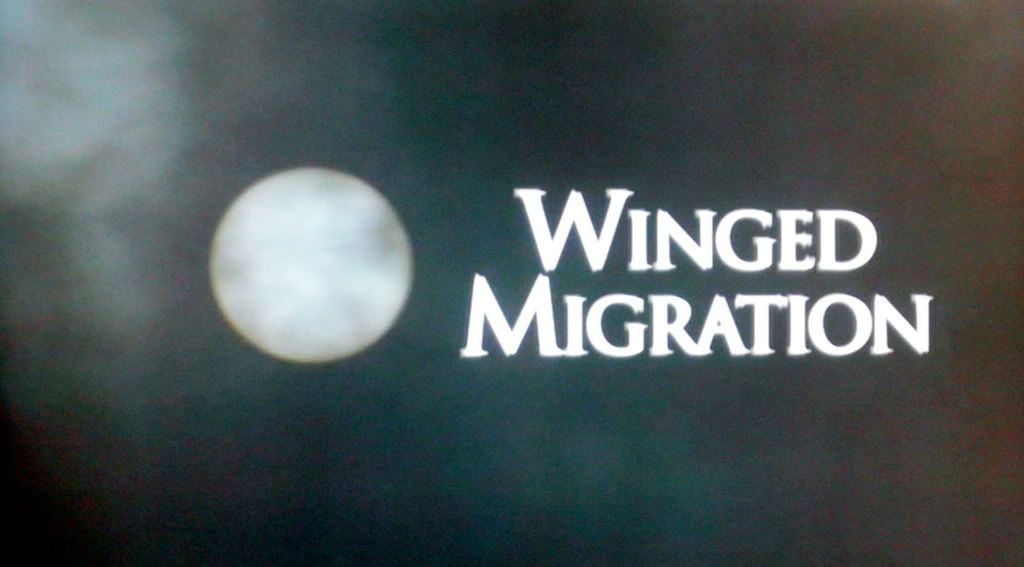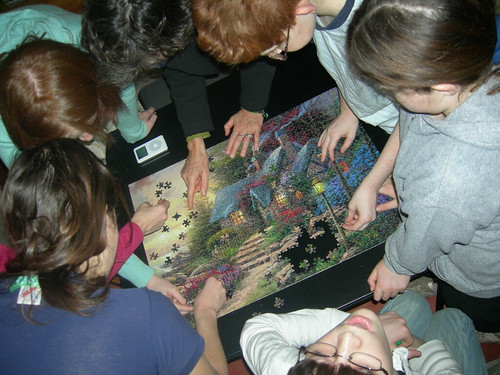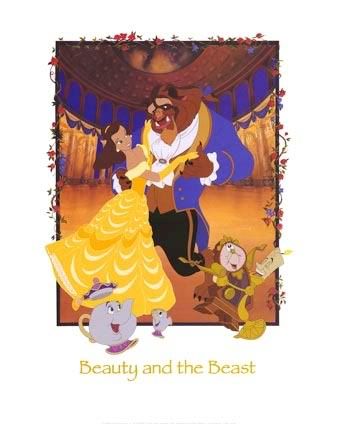Julie, it’s been a long time since I’ve been in a schooling situation where books and movies are discussed in terms of plot, settings, and I can’t even remember what else to mention in that list – is there any way you may be able to do a blog entry about it, for people who may need a little reminder of how to do so? It’s easy for my kids to describe what they’re reading, and to discuss the storyline, but what sorts of things should I be pointing out, or bringing to their attention, etc? Thanks so much for your consideration!–
Susan
Plot: The narrative arc of most stories can be easily detected by using a little rubric I took from Anne Lamott’s writing classic Bird by Bird. She suggests the rubric: ABDCE (action, background, development, climax, ending). Most movies in particular start with action (often with credits popping through the opening scenes). The action is usually a set up for the storyline but not the key event. In books, the writer is not as often compelled to start with action, but in a similar way, must grab the reader’s attention and will do so with an opening hook.
Following that opening action, the plot will expand to share the background of the primary characters and story so that you understand the purpose of the opening action. The Pirates of the Caribbean is a good example of this kind of opening which transitions into background. During the background, you will often be given insights that act as foreshadowing events. These are events that tell you of the impending doom/danger that lies ahead, or of the potentially successful resolution of the problem presented. Usually following the background (which can be a few paragraphs or scenes, or much longer if the plot is complex) the plot moves into development of the story. Development is characterized by a series of set-ups and frustrations. You are offered possible solutions to the key problem the story sets out to resolve, but the characters are repeatedly frustrated because the obvious solution is thwarted time and again.
The climax is the moment the story has been waiting for all along. You often know what the climax will or should be after the opening scenes. When you come to the climax, it feels like the do or die moment (the boy will or won’t get the girl, the criminal will or won’t get caught, Dorothy will or won’t go home). Following the climax, a very short ending (usually) follows to wrap up any dangling details. In some books, the ending lasts longer than in movies because the author takes the time to give a few fleshed out scenes that might develop as a result of the resolved climax. A great illustration of this contrast is the way the movie Pride and Prejudice ends (with the nuptial kill between Darcy and Miss Bennett) and the way the book ends (with the recounting of who lived happily ever after and who did not).
When watching movies that are based on books, you ought to pay attention to the ways in which movies alter the book’s narrative in order to make it more action based, to heighten the frustration the viewer feels (usually movies create more crises than books), and to get to the climax more quickly (they have less time to develop the story and subplots). You can ask yourself if the movie successfully modifies the book, note whether or not the changes work for the movie and if you agree with those choices. You can also discuss what choices you might make if you were to modify a book into a movie format.
We’ll look at characterization next.

